How to Prevent Broken Bones in Your Child


Get a Preseason Checkup
Your child's pediatrician will make sure they don't have any injuries or health issues that might be risky on the field or court. Make an appointment about 6 weeks before their first team practice so you'll have time to take care of any problems the doctor finds.
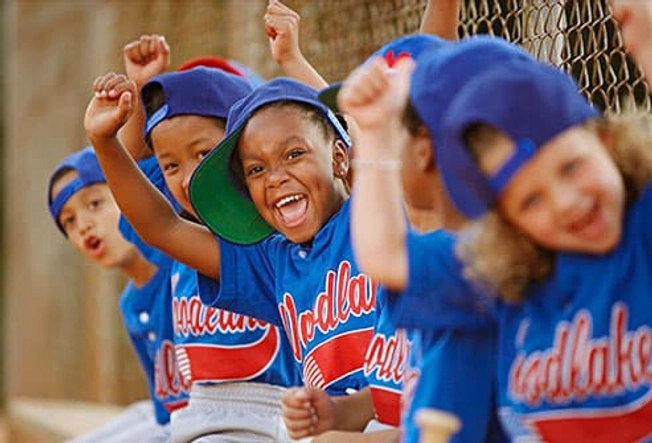
Pick the Right Team
Choose a league that's right for your child's age, size, and abilities. Playing against much bigger kids can lead to injuries. If they're new to the sport, start with a less competitive team. They can always move up to the next level once their skills improve. Also, make sure the coaches have experience, don't push the players too hard, and teach the kids the techniques they need to stay safe.
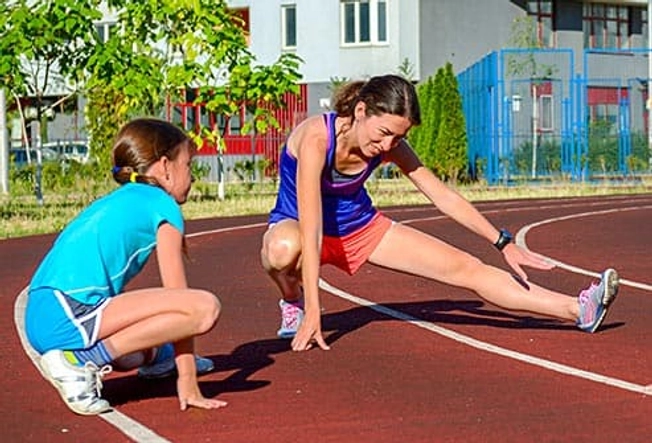
Start Training Early
Get your kid ready with a fitness program before the season begins. Have them run a few laps each day to get into shape. Also practice the skills they'll need to play on a team -- like throwing and catching a ball, shooting baskets, or kicking the soccer ball into a goal. Teach them the rules of the sport if they're a rookie.
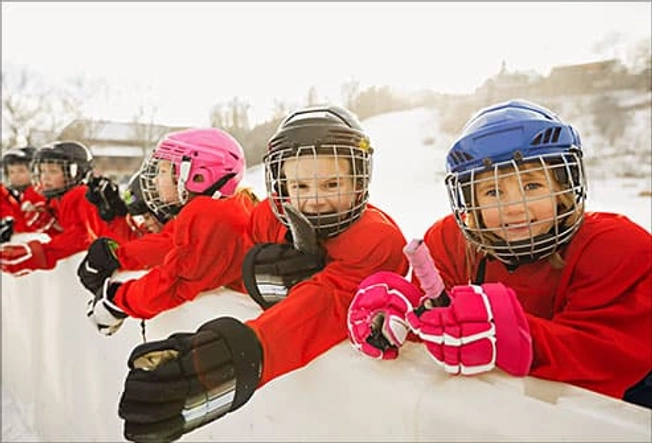
Wear the Right Gear
Play it smart. Make sure your child knows that safety equipment isn't optional. Helmets are a must for sports like baseball, lacrosse, and hockey. Same goes for riding a bike or rollerblading. For some activities, they may also need wrist, knee, shin, and elbow guards. Check that everything fits them well and is in good shape. If you notice any missing pieces, worn padding, or cracks, buy new stuff.
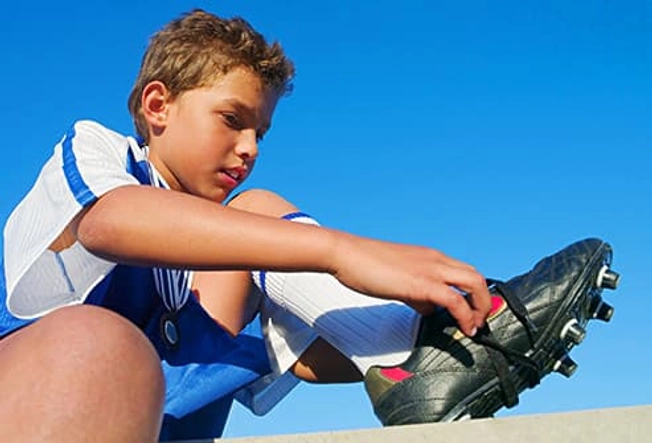
Find Comfy Shoes
The right fit is more important than price and brand name. Match the sneaker to the sport. Ones with cleats prevent slips on football and soccer fields. Running shoes are best for track. When you shop, have your child try them on with the type of socks they plan to wear when they play. Make sure they have enough room to wiggle their toes and there's space the width of a finger between the top of their longest toe and the end of the shoe.
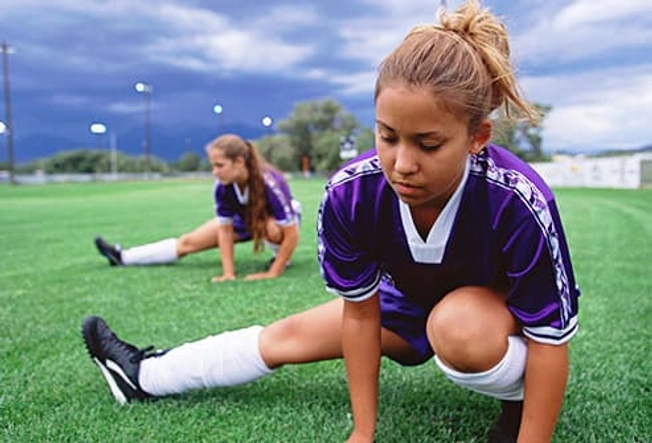
Warm Up and Cool Down
They're less likely to get hurt when they're loose and limber. For 5 to 10 minutes before they start to play, ask them to walk, jog in place, or do some stretches like toe touches or knee lifts. After the game, get them to cool off for 10 minutes. It will slow their heart rate, stretch out tight muscles, and help their body recover from exercise.
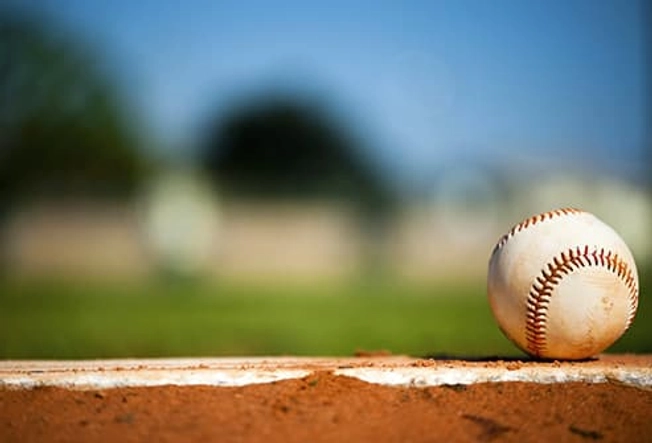
Check the Field Condition
When your child runs full-steam toward the goal or end zone, they might not notice a hole in the ground -- until it trips them up. Before each game, make sure a coach or parent does a walk-through of the field. Look for stumps, branches, or anything that can make them stumble. And don't let them play if the surface is soggy or slippery.
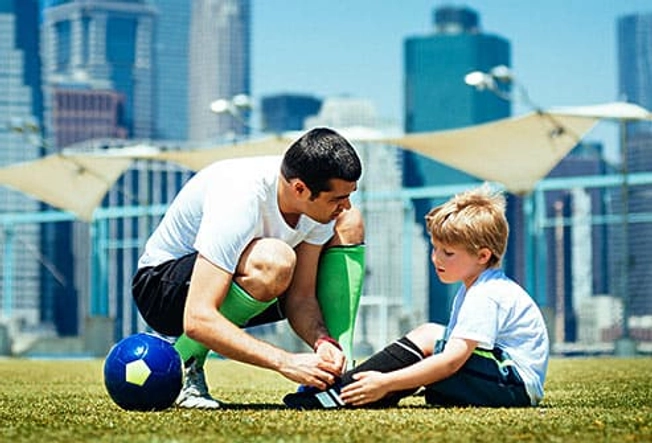
Don't Play Through Pain
When they're hurt, it's a sign your child has an injury. Get them off the field or court right away. If they keep playing it can cause more damage. See a doctor. Your kid may need an X-ray or other tests to figure out the source of the pain. If it's a broken bone or another serious problem, they'll need to sit out until it's completely healed.
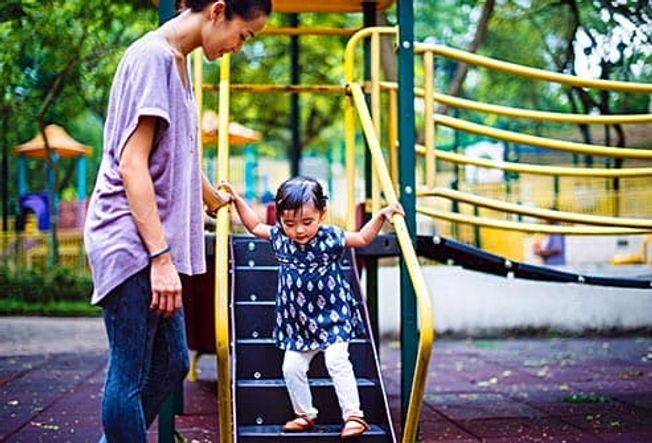
Keep Watch at The Playground
Check out the equipment and make sure there aren't any hidden dangers like missing guard rails. Keep an eye on your kid during playtime. And never go down a slide with a toddler on your lap. Your child's leg could get stuck or twisted on the way down, causing a shinbone fracture.
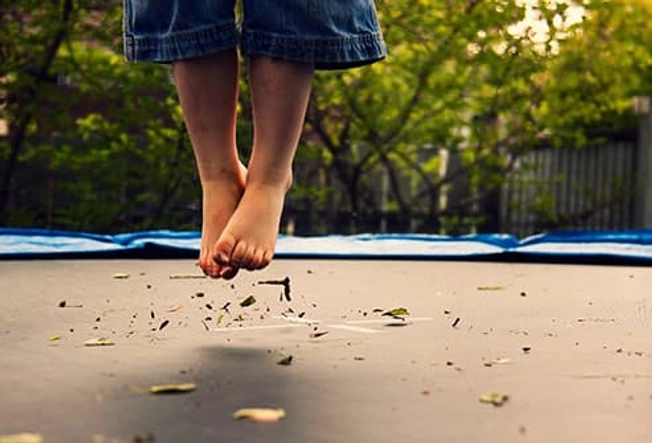
Be Wary of Trampolines
They're fun to bounce on, but they injure thousands of kids each year. Flips and missed landings cause most of the problems. The American Academy of Pediatrics suggests you don't get one for your backyard. If you choose to let your kids go on them, make sure they use it one at a time -- and avoid somersaults. Check to see that the padding is in good shape and the net doesn't have any holes.

Eat Well and Stay Active
Sturdy bones are less likely to break. Help your child build them up with diet and exercise. Make sure they get lots of calcium and vitamin D from foods like milk, yogurt, fortified orange juice, and salmon. Encourage exercise like running, dancing, tennis, basketball, and gymnastics.